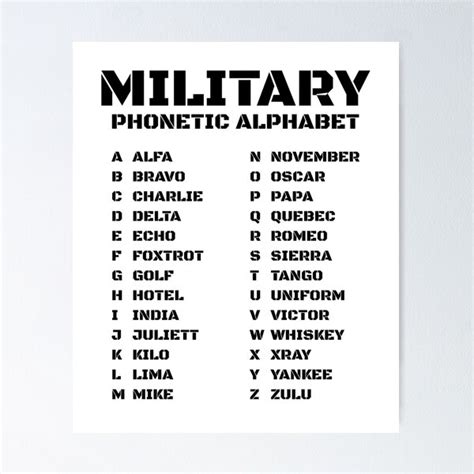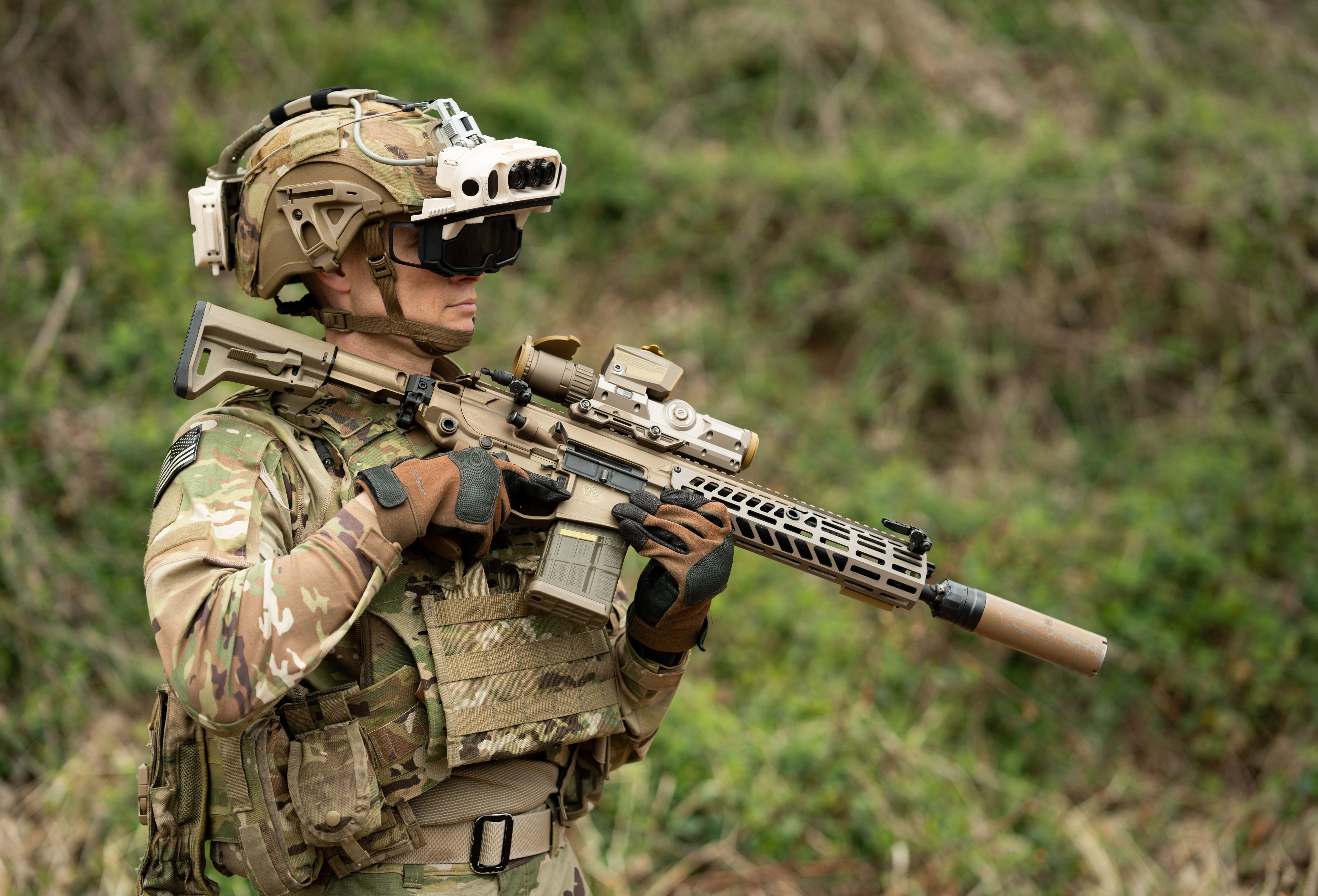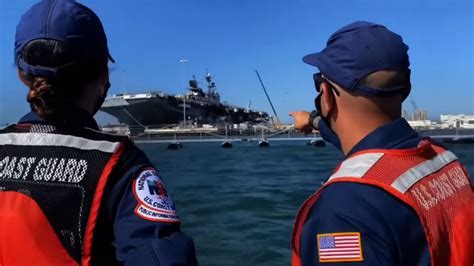The use of call signs in the army is a crucial aspect of communication, particularly in situations where clarity and precision are paramount. One of the key components of call signs is the phonetic alphabet, which assigns a unique word to each letter of the alphabet to avoid confusion between similar-sounding letters. For instance, the letter "A" is represented by the word "Alpha," while the letter "B" is represented by the word "Bravo." This system is essential in ensuring that messages are conveyed accurately, even in environments with high levels of background noise or interference.
Phonetic Alphabet for Letters

The phonetic alphabet, also known as the NATO phonetic alphabet, is a standardized system used by the army and other organizations to clearly communicate letters and numbers. The alphabet is as follows:
| Letter | Phonetic Call Sign |
|---|---|
| A | Alpha |
| B | Bravo |
| C | Charlie |
| D | Delta |
| E | Echo |
| F | Foxtrot |
| G | Golf |
| H | Hotel |
| I | India |
| J | Juliet |
| K | Kilo |
| L | Lima |
| M | Mike |
| N | November |
| O | Oscar |
| P | Papa |
| Q | Quebec |
| R | Romeo |
| S | Sierra |
| T | Tango |
| U | Uniform |
| V | Victor |
| W | Whiskey |
| X | X-ray |
| Y | Yankee |
| Z | Zulu |

Importance of Call Signs in Army Communication
The use of call signs, including the phonetic alphabet for letters, is critical in army communication. It helps to ensure that messages are transmitted clearly and accurately, reducing the risk of misunderstandings that could have serious consequences. For example, in a combat situation, the ability to clearly communicate the location of friendly forces or the position of enemy troops can be the difference between success and failure, or even life and death.
Application of Call Signs in Different Scenarios

Beyond the phonetic alphabet, call signs are used in various contexts within the army. Units, vehicles, and even individuals may be assigned call signs to facilitate quick and clear communication. For instance, a platoon might be designated as “Lima-12,” while a specific tank could be called “Bravo-6.” These call signs are chosen to be distinctive and easy to remember, reducing confusion during operations.
Moreover, the use of call signs extends beyond tactical operations. In training exercises, call signs help to simulate real-world scenarios, allowing troops to practice communication skills in a controlled environment. This preparation is invaluable when troops are deployed, as effective communication can significantly impact the outcome of missions.
Evolution of Call Signs and Communication Technology
As communication technology advances, the way call signs are used and the methods of communication are evolving. Digital communication systems and encrypted channels are becoming more prevalent, offering higher levels of security and reliability. However, the fundamental principles of using call signs to ensure clarity and precision remain unchanged. The army continues to adapt its communication strategies to incorporate new technologies while maintaining the effectiveness of traditional methods like the phonetic alphabet.
Key Points
- The phonetic alphabet is a standardized system used to clearly communicate letters and numbers, reducing confusion in high-stress environments.
- Call signs are crucial in army communication, facilitating the clear transmission of messages and reducing the risk of misunderstandings.
- The application of call signs extends beyond the phonetic alphabet, with units, vehicles, and individuals being assigned unique call signs for operational purposes.
- The use of call signs is evolving with advancements in communication technology, incorporating digital systems and encrypted channels while maintaining traditional effectiveness.
- Effective communication, facilitated by call signs and the phonetic alphabet, is critical in achieving success in military operations and training exercises.
In conclusion, the use of army call signs for letters, particularly through the phonetic alphabet, is a cornerstone of effective communication in military contexts. By ensuring clarity and precision, these call signs play a vital role in the success of operations and the safety of troops. As technology continues to evolve, the principles behind the use of call signs will remain essential, adapting to new methods of communication while retaining their core purpose.
What is the purpose of the phonetic alphabet in army communication?
+The phonetic alphabet is used to clearly communicate letters and numbers, reducing confusion between similar-sounding letters in high-stress or noisy environments.
How are call signs used beyond the phonetic alphabet in army operations?
+Call signs are used to identify units, vehicles, and individuals, facilitating quick and clear communication during operations. They are chosen to be distinctive and easy to remember, reducing confusion.
How is the use of call signs evolving with advancements in communication technology?
+The use of call signs is adapting to incorporate new digital communication systems and encrypted channels, offering higher levels of security and reliability while maintaining the effectiveness of traditional communication methods.



